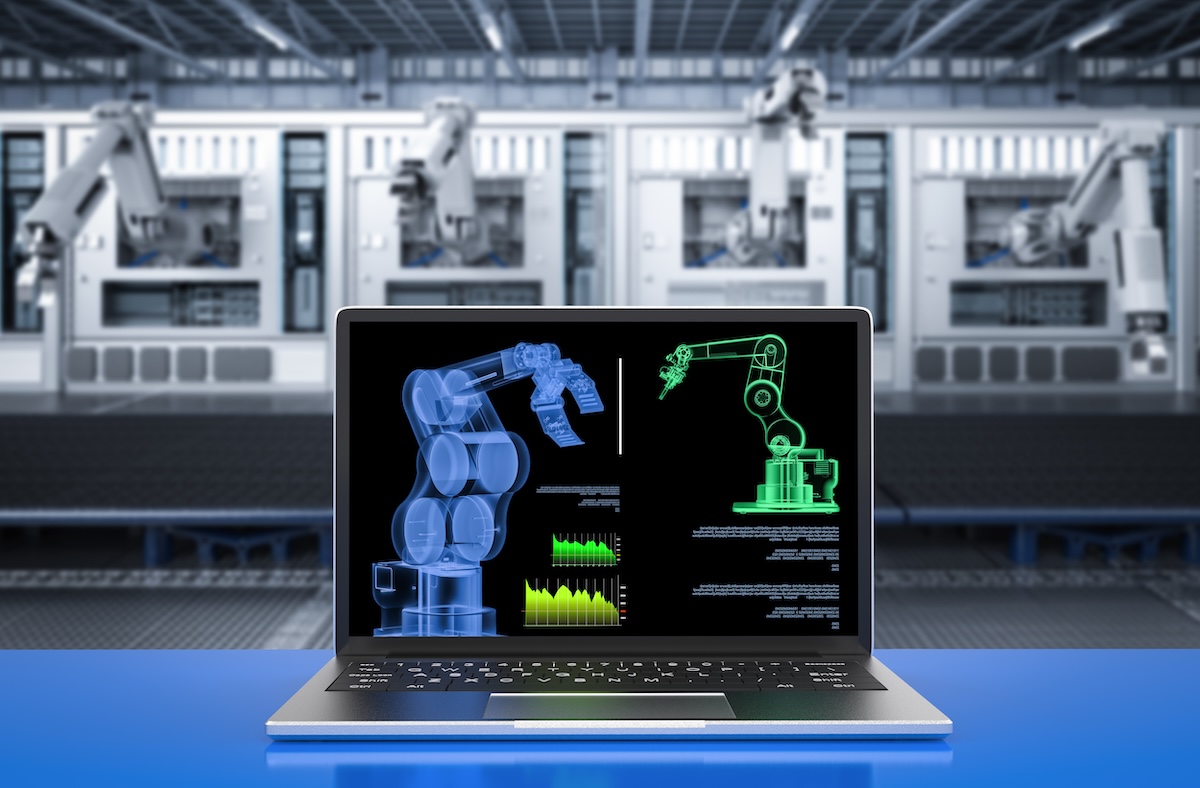What skills do frontline workers need for low-code tools?
Frontline workers already use smartphones for various tasks such as banking and ride-hailing, demonstrating a widespread digital fluency that translates to using low-code tools. This familiarity with technology provides a solid foundation for adopting low-code platforms.
Low-Code Tools Mirror Familiar Software
Low-code platforms often resemble familiar software like Microsoft Office, making them more approachable. For example, some low-code platform offers a drag-and-drop interface and a no-code relational database similar to Excel and Airtable, simplifying the user experience. This ease of use lowers the barrier to entry for frontline engineers and empowers them to engage with these tools.
Basic Internet Skills Enhance Low-Code Adoption
With basic internet search skills, frontline workers can easily find and import pre-built applications from libraries. This streamlined process enables them to visualize shop floor data in real-time with minimal technical expertise. The ability to search for information, import applications, and connect them to relevant data points represents the core skill set needed.
AI Further Simplifies Low-Code Applications
Advancements in AI, particularly chatbots like ChatGPT, continue to lower the barrier to entry for low-code development. These AI tools can now generate code for platforms like Node-RED, automating tasks that previously required manual coding. This automation trend suggests that even basic coding skills may become less critical for frontline workers in the future as AI takes on more complex tasks.
The sources primarily highlight the accessibility of low-code platforms for frontline workers due to their existing digital fluency, the user-friendly nature of the tools, and the increasing use of AI to automate development tasks. As low-code tools continue to evolve, the barrier to entry will further diminish, empowering more workers to contribute to technological advancements in manufacturing.
Source: the “Empowering the Frontline: Low-Code Tools for Enhancing Shop Floor Decision-Making” session sponsored by FlowFuse at the IIoT World Manufacturing Days. This is an excerpt from the discussion summarized by notebooklm based on the session’s video transcript. It was verified and edited by IIoT World’s team.



